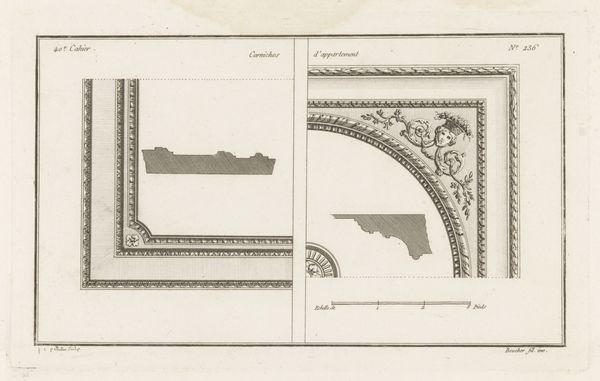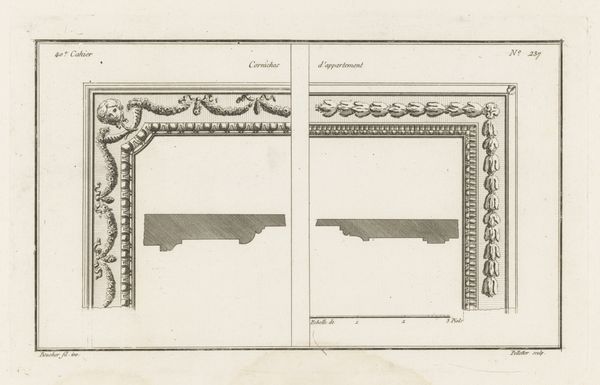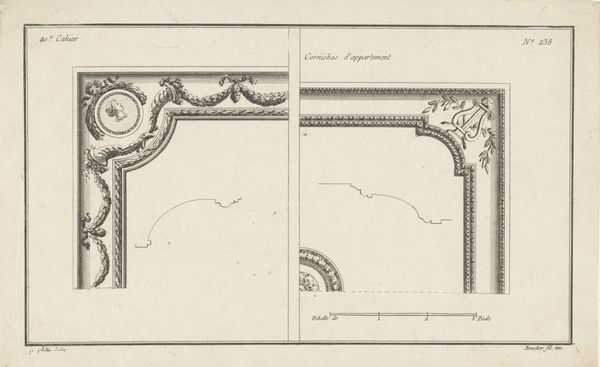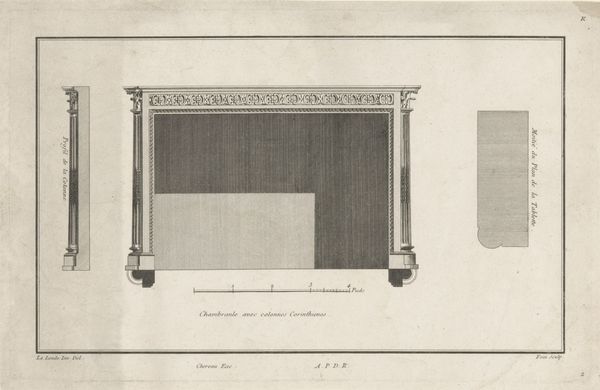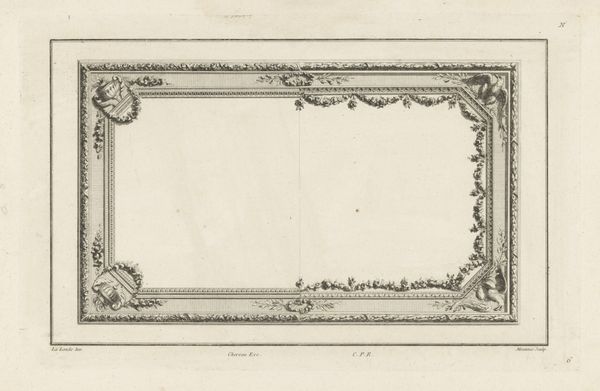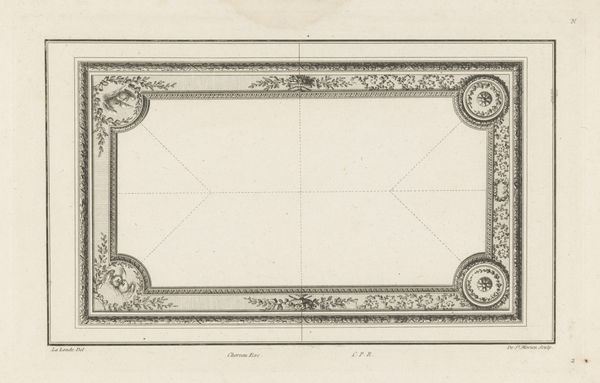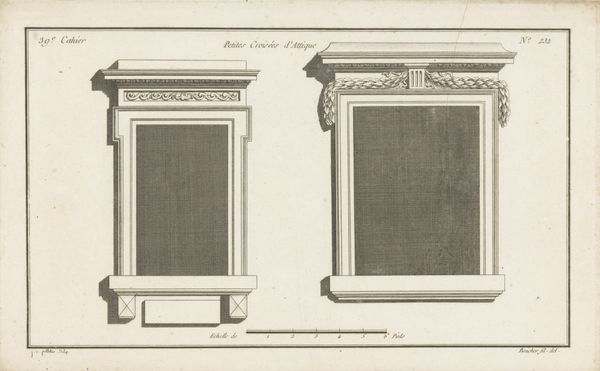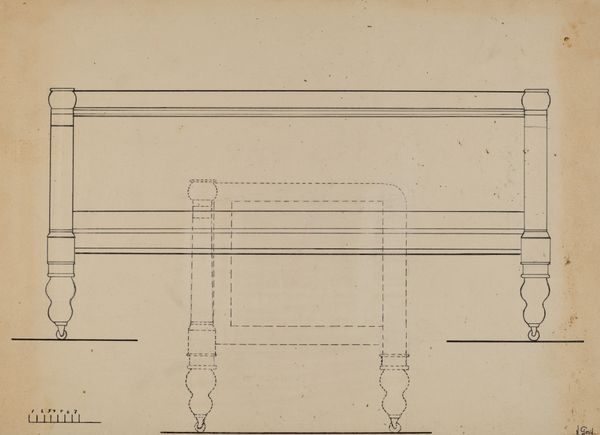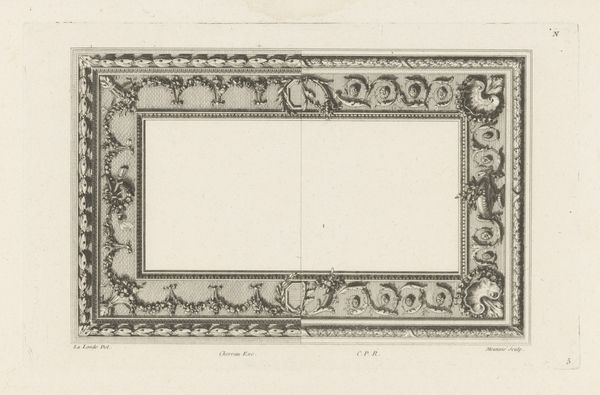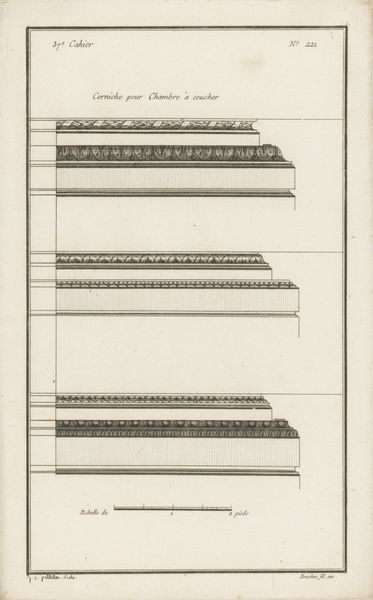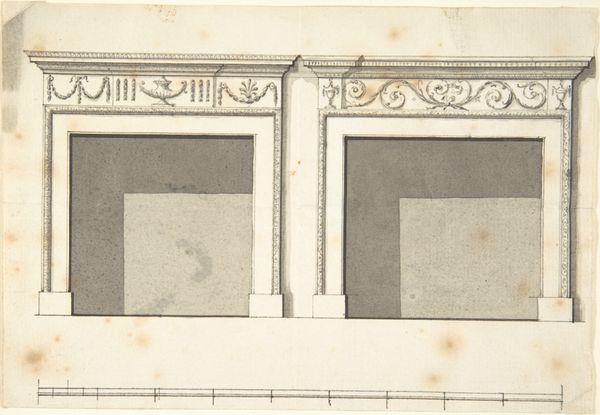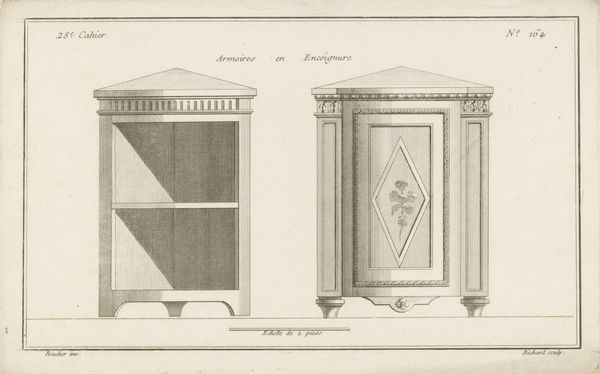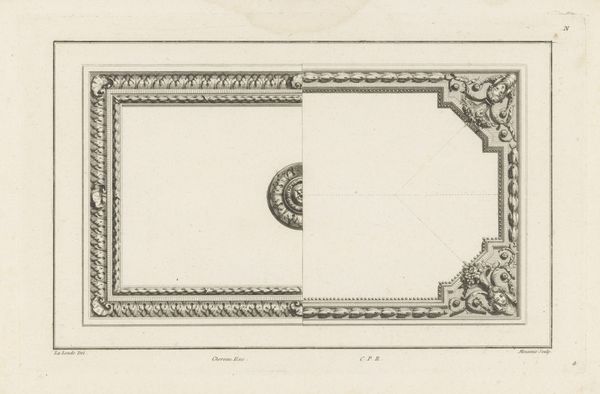
drawing, paper, engraving, architecture
#
drawing
#
neoclacissism
#
classical-realism
#
paper
#
form
#
line
#
engraving
#
architecture
Dimensions: height 204 mm, width 330 mm
Copyright: Rijks Museum: Open Domain
Editor: Here we have Jean Pelletier’s "Plafonds," an engraving on paper from sometime between 1772 and 1779. It’s fascinating; a detailed, almost clinical, rendering of architectural elements. What stands out to you about this particular piece? Curator: It's a study in the language of power. Architectural drawings like this weren't simply about construction; they were about establishing social hierarchies. These precisely rendered cornices and ceiling details, designed for the elite, spoke volumes about status. The rigid lines and the classical realism evoke a sense of order, control… Do you see how the architectural elements almost perform a type of social theatre? Editor: Social theatre, that's an interesting way to put it. I hadn't thought about it in terms of power. It felt very…technical at first glance. So, the intended audience and location impacted the artwork itself? Curator: Absolutely! Consider the Rijksmuseum where this piece is now housed. What does it mean for this emblem of private, aristocratic space to exist within a public, national institution? Does it democratize the art or simply preserve a memory of unequal distribution? What stories might a drawing like this tell us about the changing dynamics of class and taste in the late 18th century? Editor: That makes me consider its place in a museum setting in a completely different way! So much more than just a pretty drawing. Curator: Exactly. This piece invites us to think about the relationship between art, power, and public memory, doesn’t it? Editor: Definitely, I’ll be thinking about how these drawings reflect societal values now. Thanks for your insights!
Comments
No comments
Be the first to comment and join the conversation on the ultimate creative platform.
